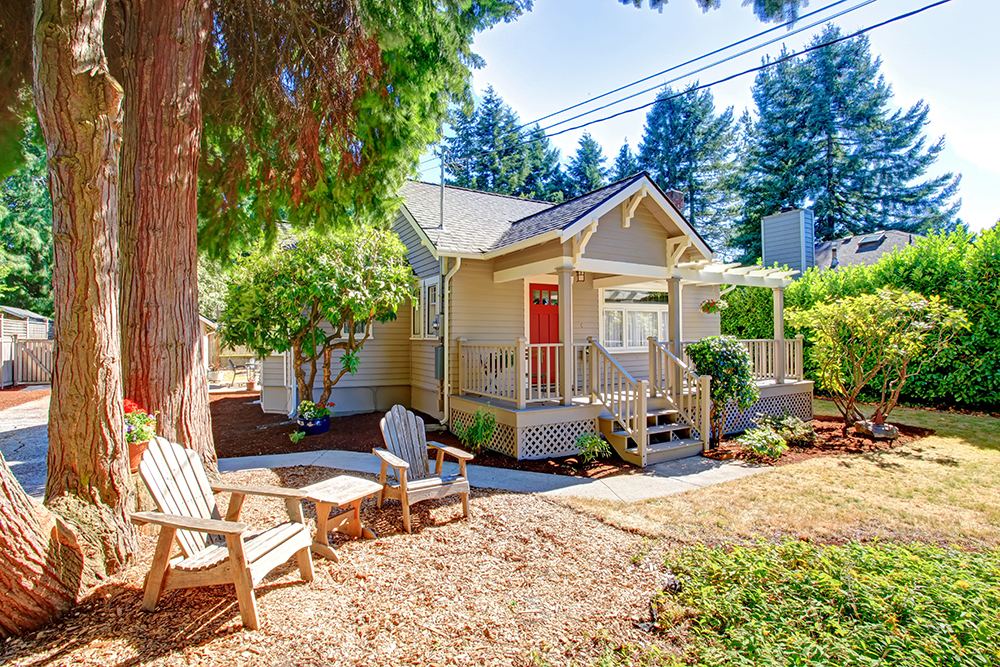When shopping for a home, it may seem like spending a little more money could get you much more house. But don’t compromise other important financial goals just to get that extra bedroom or swimming pool. To avoid getting in over your head, use these steps to get a clear idea of exactly how much house you can afford.
1. Do the math
Get a handle on your income, fixed expenses like student loan payments and insurance premiums, and variable expenses like groceries and clothing. Trulia’s mortgage calculator can give you a good idea about how much you can afford to borrow, but you should also have a good sense of your basic living expenses to get the bigger picture. And make sure you’ll still have enough money left over to save for retirement and other goals.
2. Look at carrying costs
Don’t forget to factor home maintenance into your calculations. A good rule of thumb is that most homes need, on average, 1 to 4% of their value spent on maintenance every year, according to U.S. News and World Report. So if you’re looking at a $300,000 house, expect to spend $3,000 to $12,000 a year just on upkeep. If you’re moving from an apartment into a house, ask friends who live in homes similar to the ones you’re looking at how much they spend on utilities.
3. Think ahead
If you’re planning to go back to school, have a baby, or start a business, factor those future plans in and look for a home you could afford on less income than what you’re currently making. If kids are in your future, don’t forget childcare expenses, which can be higher than your mortgage payments in some parts of the country.
4. Consider your down payment
Some experts say that if you don’t have 20% to put down when you buy a home, you can’t afford it. That 20% cushions you against fluctuations in the market, preventing you from owing more than the home is worth if prices drop a little bit. But there’s also no rule that says you always have to put down exactly 20% — in some cases, you may put down more or less, depending on your individual mortgage and available cash.
Remember that you’ll need some cash for closing costs, moving expenses, and incidentals like furniture and garbage cans when you first move in, so don’t put down every penny you’ve got. And a healthy emergency fund is even more important once you become a homeowner and there’s no longer a landlord you can call when something goes wrong. Once you’ve thought through your numbers and your future plans, you’re ready to get pre-approved for a mortgage. Then, it’s house hunting time!


